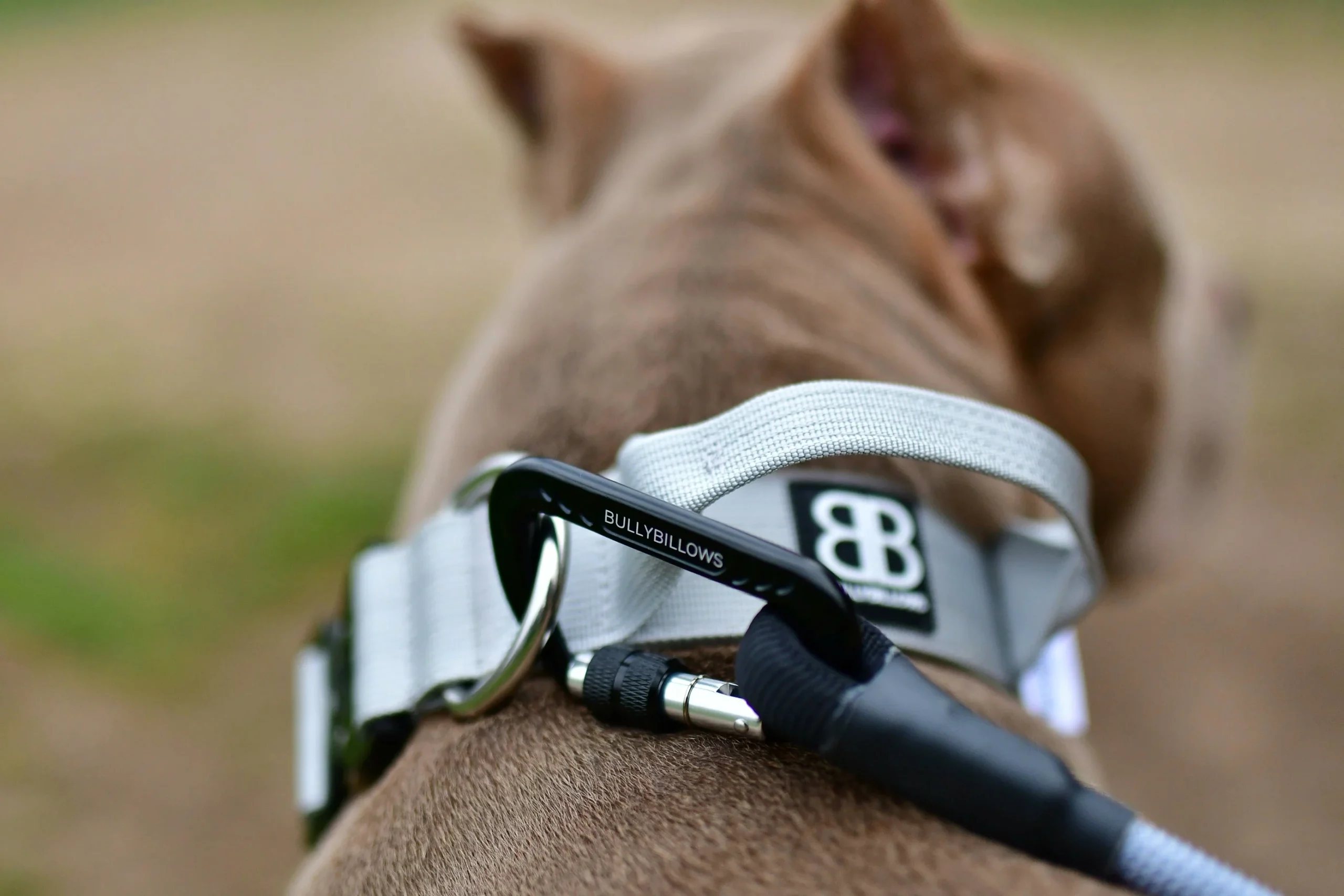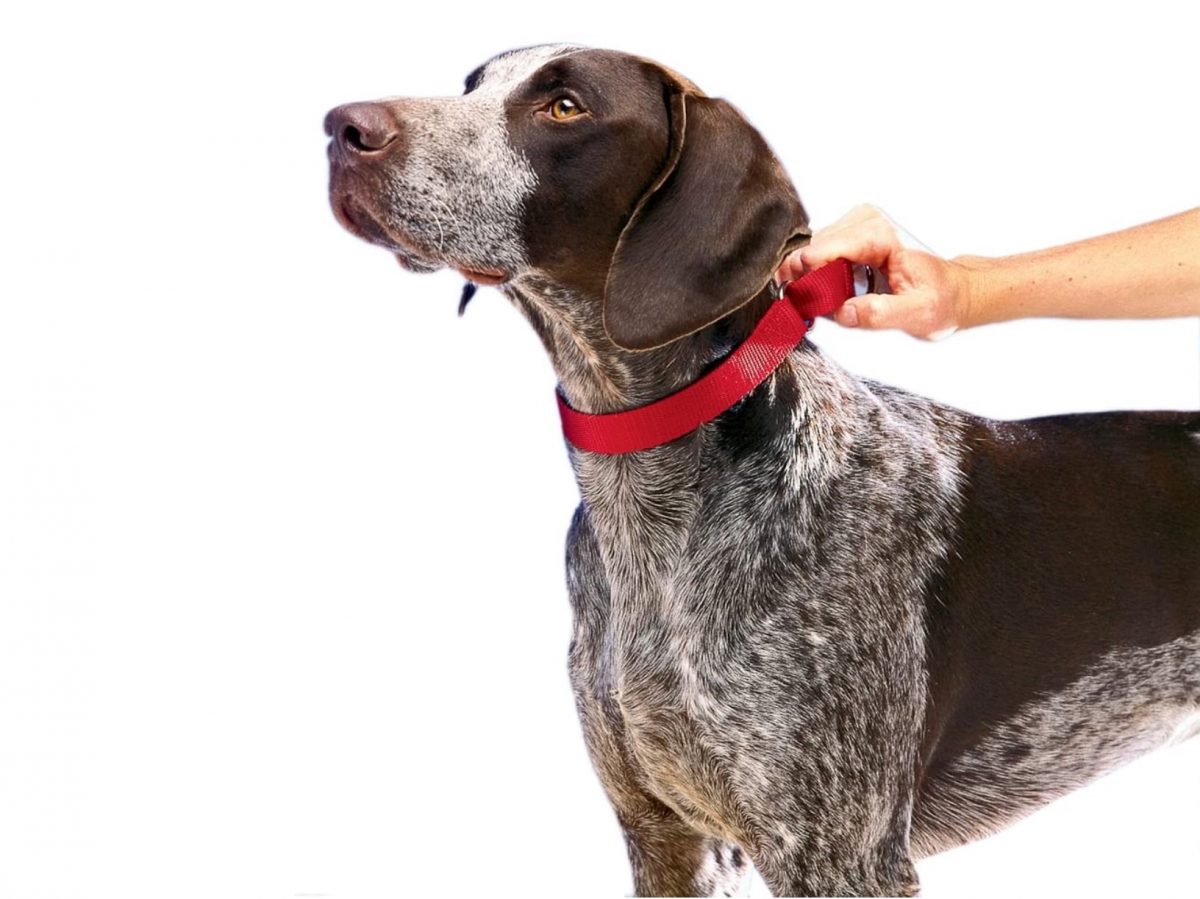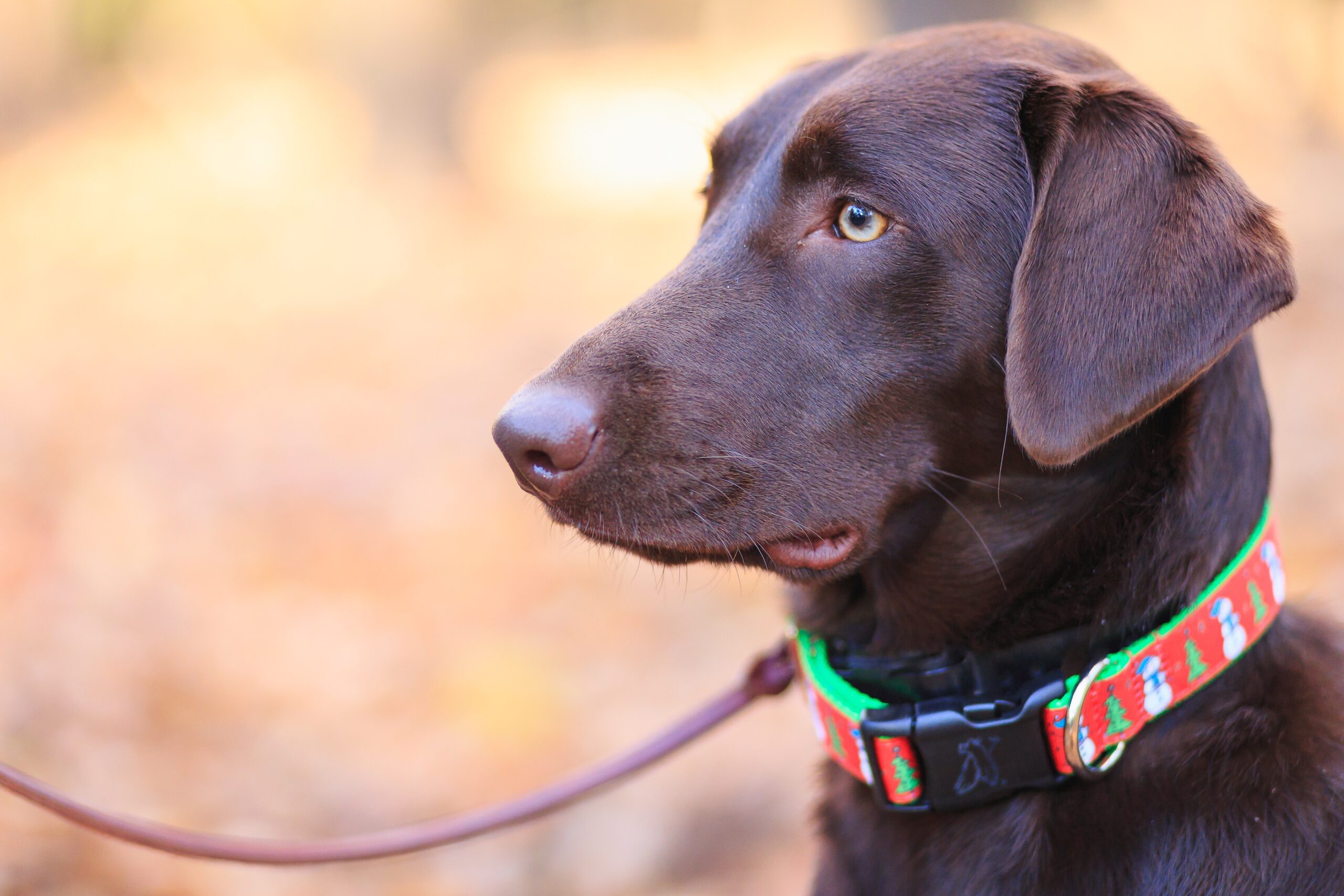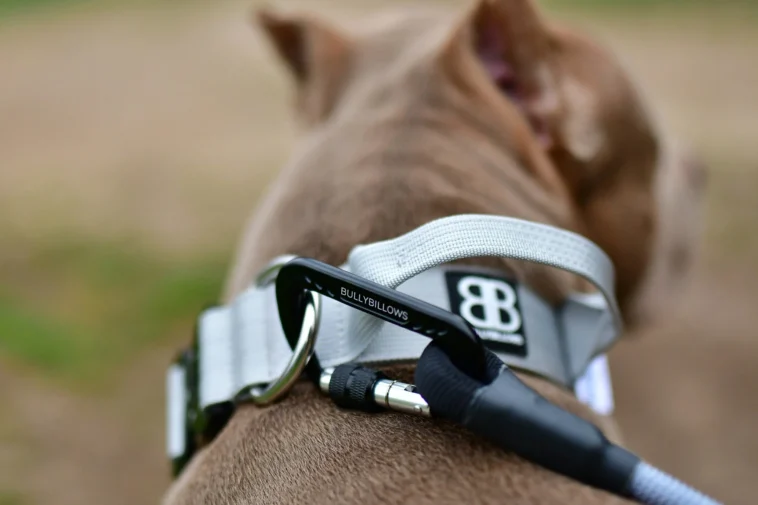When it comes to choosing the right collar for your beloved canine companion, the options can be overwhelming. From traditional buckle collars to the more specialized martingale and harness designs, each type serves a unique purpose and offers distinct benefits. One such specialized collar that has gained popularity in recent years is the neoprene dog collar. In this article, we will delve into the world of dog collars, with a focus on neoprene collars, their features, and the advantages they bring to the table.
Understanding the Basics
Before we dive into the specifics of neoprene dog collars, let’s briefly explore the basics of dog collars and their functions. A dog collar is a piece of material worn around a dog’s neck. Its primary purpose is to hold identification tags, which are crucial for ensuring your dog’s safety and well-being in case they get lost. Collars also serve as attachment points for leashes, allowing you to control your dog during walks and other activities.
Dog collars come in various materials, including leather, nylon, fabric, and even metal. They can be customized with different colors, patterns, and designs, reflecting the owner’s personal style while meeting the practical needs of their canine friend.
The Neoprene Difference

Neoprene, a synthetic rubber material, is well-known for its flexibility, durability, and resistance to water. Neoprene dog collars are a relatively newer addition to the world of pet accessories, but they have quickly gained popularity due to their unique properties and benefits.
- Comfort: One of the standout features of neoprene dog collars is their comfort. The material is soft, lightweight, and gentle on a dog’s skin, making it an excellent choice for dogs with sensitive skin or those prone to allergies. The neoprene’s smooth texture prevents chafing and irritation, ensuring that your furry friend remains comfortable even during extended wear.
- Water Resistance: Neoprene is inherently water-resistant, making it ideal for dogs that enjoy water activities. Whether your dog loves swimming at the beach or splashing around in puddles, a neoprene collar will not become waterlogged or lose its shape. This characteristic also makes neoprene collars easy to clean, as dirt and mud can be easily wiped off.
- Durability: Neoprene dog collars are designed to withstand the wear and tear of an active dog’s lifestyle. The material is resistant to fading, stretching, and general wear, ensuring that the collar remains in good condition for a long time.
- Style Variety: Just like other types of dog collars, neoprene collars come in a wide range of colors, patterns, and designs. Whether you prefer a bold and vibrant look or something more understated, you can find a neoprene collar that suits both your dog’s personality and your own aesthetic preferences.
Exploring Different Types of Dog Collars

While neoprene dog collars offer several advantages, it’s essential to consider the various collar types available to determine which one is best suited for your dog’s needs and behavior.
- Buckle Collars: Buckle collars, also known as flat collars, are the most traditional and straightforward option. They consist of a strip of material with a buckle or snap closure. These collars are great for holding identification tags and are suitable for dogs that are well-behaved on a leash.
- Martingale Collars: Martingale collars, also called limited-slip collars, are designed for dogs that tend to back out of their collars or have necks larger than their heads. They consist of two loops: one that goes around the dog’s neck and another smaller loop that tightens when tension is applied to the leash. This prevents the dog from slipping out of the collar while providing more control without choking.
- Harnesses: A harness is an alternative to collars that fits around a dog’s chest and shoulders. Harnesses distribute pressure more evenly across the body, making them an excellent choice for dogs with delicate necks or those prone to pulling on the leash. There are various types of harnesses, including front-clip, back-clip, and no-pull designs, each catering to different walking styles and training goals.
Choosing the Right Collar for Your Dog
When deciding on the right collar for your dog, it’s crucial to consider their size, breed, behavior, and any specific activities they enjoy. For dogs that love water and have sensitive skin, a neoprene collar could be an excellent choice due to its comfort, water resistance, and durability. However, if your dog tends to pull on the leash, a harness might provide better control and prevent neck strain.
Always prioritize your dog’s safety and comfort when selecting a collar. Consult with your veterinarian or a professional dog trainer if you’re unsure about which type of collar would be best for your furry friend’s individual needs.

In Conclusion
From traditional buckle collars to modern neoprene designs, the world of dog collars offers a wide array of options to cater to different dogs and their owners. Neoprene dog collars, with their comfort, water resistance, and durability, have carved a niche for themselves, especially among active and water-loving dogs. However, the best choice of collar ultimately depends on your dog’s characteristics and behavior. Whether you’re strolling in the park, training for obedience, or enjoying a day at the beach, the right collar ensures that you and your dog have a safe and enjoyable experience together.




